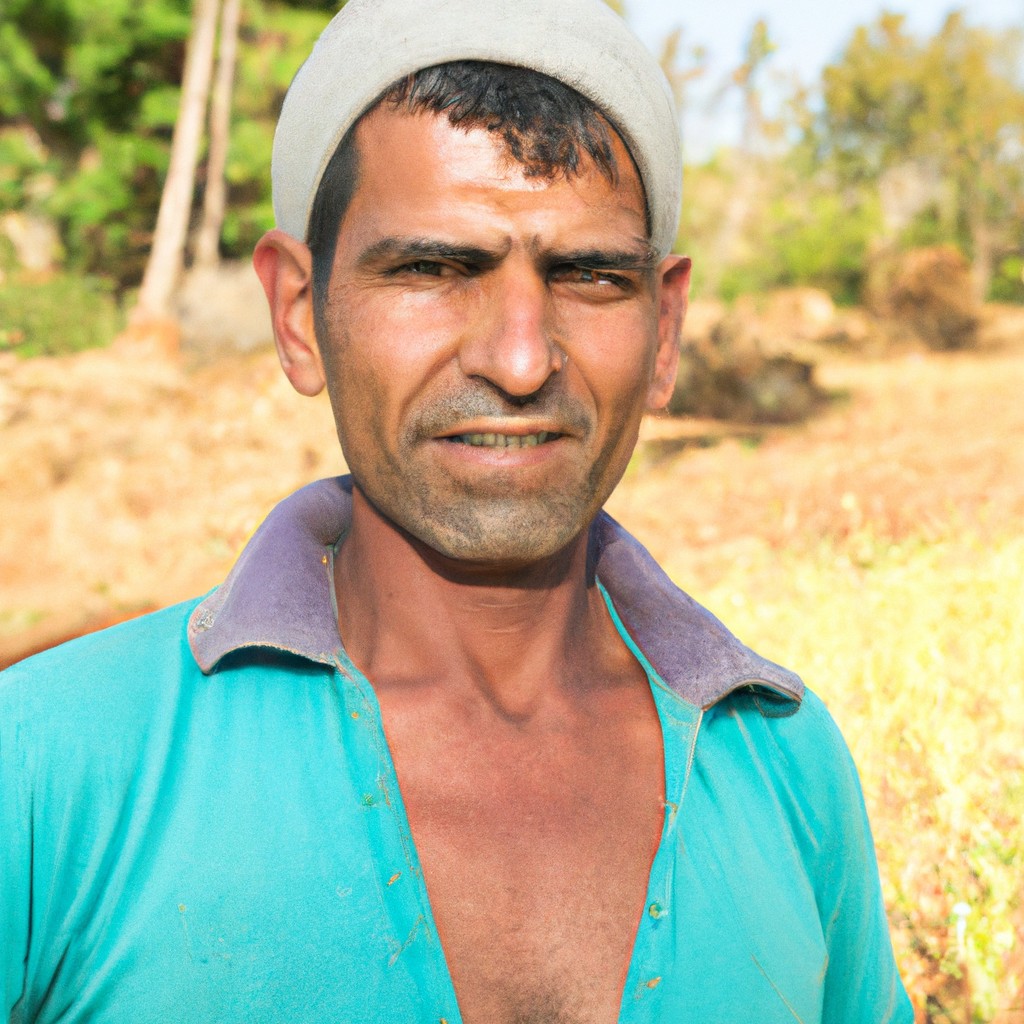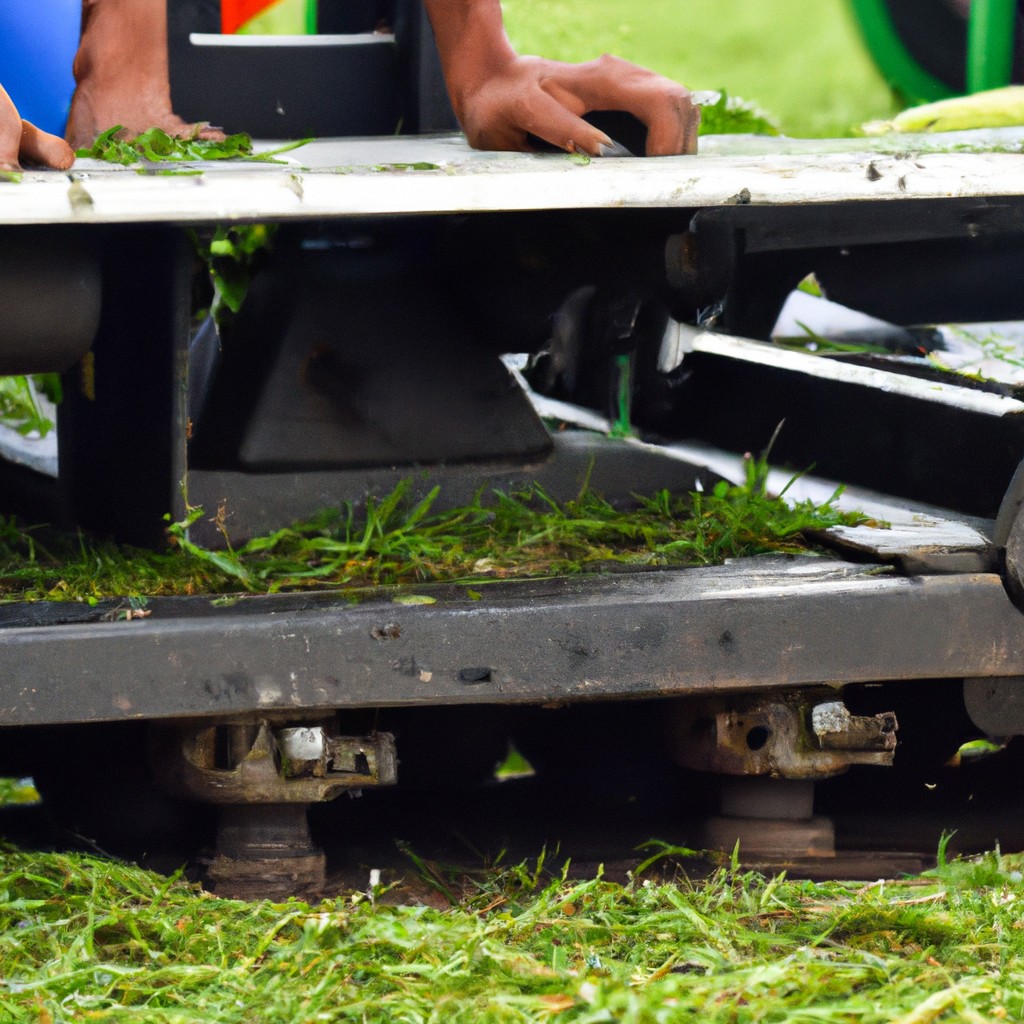Learn how farming insurance can protect your agricultural operations and what options are available to suit your needs.
Look Inside:
Importance of Farming Insurance

Farming insurance acts as a safety net, protecting farmers from financial ruin caused by unforeseen events. Inclement weather like hail, droughts, and floods can devastate crops. Insurance can cover these risks, ensuring the farmer’s livelihood isn’t wiped out in one bad season.
Livestock is another critical asset vulnerable to diseases and accidents. Here, insurance steps in to compensate farmers for losses, which might otherwise jeopardize farm operations.
Property damage due to fires or machinery breakdown is costly. Insurance helps manage these expenses without disrupting the farm’s financial stability.
Furthermore, liability coverage is crucial. It protects farmers from legal claims if third parties suffer injuries or property damage related to farm activities.
In essence, farming insurance helps maintain economic stability, cushions against potential financial hits, and reduces uncertainty, making it an essential element in modern agriculture management.
Types of Farming Insurance Policies
Farmers have a buffet of insurance options to safeguard their operations against unexpected events. Crop insurance is a staple, protecting against losses from natural disasters, pests, and diseases. It usually covers specific crops each season and can vary in terms of what perils are included.
Livestock insurance is another critical type, covering death and illness in animals due to accidents or specified diseases. This can be a lifeline for operations that heavily rely on animal husbandry.
Property insurance for farms covers buildings, machinery, and sometimes even farm produce storage facilities. Given the diversity of modern farms, this form of insurance is flexible, adapting to various needs and sizes of agribusinesses.
Liability insurance is also essential, as it protects against legal and medical bills from injuries or damages that occur on farm property. This is especially vital as farms often host visitors and employ seasonal workers.
Lastly, business interruption insurance helps manage financial losses when operations are halted due to covered disasters. This could mean compensation for lost income during a flood or after a major equipment failure.
In essence, choosing the right mix of these policies can make all the difference, acting like a tailor-made safety net designed specifically for each farm’s unique needs.
Assessing Risks and Vulnerabilities On the Farm
To successfully safeguard your farm with the appropriate insurance, start by pinpointing the main risks that can impact productivity and profitability. These include natural disasters like floods and droughts, which can devastate crops and livestock. Additionally, consider the risk of pest infestations and disease outbreaks that can reduce yields and require costly interventions.
Equipment breakdown is another crucial factor, given the dependency on machinery for planting, harvesting, and processing. Financial fluctuations, such as changes in commodity prices, can also severely affect your farm’s economic stability.
Lastly, don’t overlook liability issues. Accidents on your property involving workers or visitors can lead to significant legal expenses. Identifying these vulnerabilities allows you to choose insurance coverage that addresses your specific needs, reducing potential financial setbacks significantly.
Choosing the Right Insurance Provider
Selecting an insurance provider is a crucial step. Look for companies with strong financial stability and positive reviews from current clients. They should be capable of handling claims efficiently and fairly.
Check for providers that specialize in agrarian industries as they will have a better grasp of the unique challenges farms face. Their experience can be invaluable in providing targeted coverage that meets specific needs.
Consider the customer service quality. Good communication and support can make all the difference, especially when you need assistance during stressful times.
Also, compare the costs and benefits of different policies. While it may be tempting to go for the cheapest option, ensure the coverage is comprehensive enough to protect your farm adequately.
Future Trends in Farming Insurance
As technology advances, so does the landscape of farming insurance. Precision agriculture, employing data from sensors and drones, is paving the way for more accurate risk assessments. Insurers can now offer policies based on real-time field conditions, reducing premiums for farmers who implement sustainable practices.
Another rising trend is the integration of climate forecasts into insurance models. This approach helps farmers adapt to weather variability, securing coverage that aligns more closely with environmental changes. As a result, policies are becoming more dynamic and sensitive to the specific needs of each farm.
Moreover, the rise of blockchain technology offers transparency in transactions and claims processing, promising faster payouts. This reduces the usual friction in claim settlements, making the process more streamlined and trustworthy.
These innovations not only make insurance more accessible but also encourage a shift towards more resilient agricultural practices. As these trends develop, they hold the potential to transform agricultural insurance from a safety net into a tool for proactive farm management.




